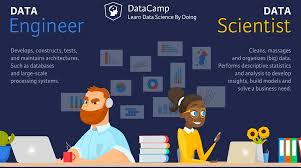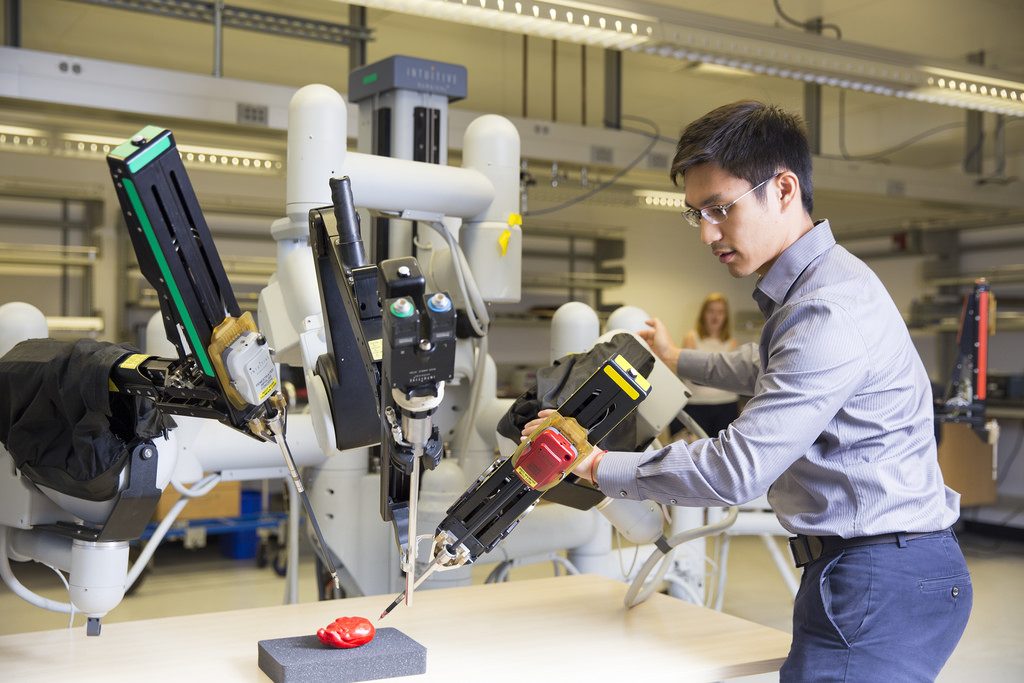Introduction
In 2019 and beyond, many people are concerned whether they will continue to hold on to their existing (well-paying) jobs. They have both good and bad news.
Many organizations and governments have issued research papers and reports on the impacts of automation and artificial intelligence (AI) on future jobs. One such interesting report is published by the World Economic Forum, the international organization for public-private cooperation based in Geneva, Switzerland. The report, Future of Job Report 2018, follows up an earlier report, The Future of Jobs: Employment, skills and workforce strategy for the fourth industrial revolution, which was issued in 2016. We have reviewed the report, Future Job Report 2018 and wish to highlight its key findings.
It noted that as technological breakthroughs shift the frontier between the work tasks performed by humans and those performed by machines and algorithms, labour markets are undergoing major transformations. Companies are seeking to harness new and emerging technologies to reach higher levels of efficiency of production and consumption.
The report’s key findings can be summarized as follows:
Drivers of change
Four specific technological advances-ubiquitous high-speed mobile internet: AI; widespread adoption of big data analytics; and cloud technologies-are drivers positively affecting business growth.
Accelerated technology adoption
Companies surveyed in the report are likely or very likely to have expanded their adoption of user and entity big data analytics. Similarly, large proportion of companies are likely or very likely to have expanded their adoption of technologies such as the internet of things and app- and web-enabled markets, and to make extensive use of cloud computing. Machine learning and augmented and virtual reality are poised to likewise receive considerable business investment.
Trend in robotization
While estimated use cases for humanoid robots appear to remain somewhat more limited over the 2018 -2022 period under consideration in this report, collectively, a broader range of recent robotic technologies at or near commercialization including stationary robots, non-humanoid land robots and fully automated aerial drones, in addition to machine learning and AI are attracting business interest in adoption.
Changing geography of production, distribution and value chains
By 2022, 59 per cent of employers surveyed for this report expect that they will significantly modified how they produce and distribute by changing the composition of their value chain and nearly half expect to have modified their geographical base of operations.
Changing employment type
Nearly 50 per cent of companies expect that automation will lead to some reduction in their full-time workforce by 2022. In addition, businesses are set to expand their use of contractors doing task-specialized work, with many respondents highlighting their intention to engage workers in a more flexible manner, utilizing remote staffing beyond physical offices and de-centralization of operations.
A new human-machine frontier within existing tasks
Companies expect a significant shift in the frontier between humans and machines when it comes to existing work tasks between 2018 and 2022. Relative to their starting points today, the expansion of machine share of work task performance is particularly marked in the reasoning and decision-making, administrating, and looking for and receiving job-related information task.
Emerging in-demand roles
There would be demand for roles as data analysts and scientists, software and application developers and ecommerce and social media specialists. These roles are significantly enhanced by the rise of technology. Also expected to grow are roles that leverage distinctly “human skills”, such as customer service workers, sales and marketing professionals, training and development, people and culture, organizational development specialists and innovation mangers. Moreover, the report noted evidence of accelerating demand for a variety of new specialist roles related to the understanding and leveraging the latest emerging technologies; AI and machine learning specialists, big data specialists, process automation experts, information security analysts, user experience and human-machine information designers, robotic engineers and blockchain specialists.

Growing skill instability
Given the wave of new technologies and trends disrupting business models and changing division of labour between workers and machine transforming current job profiles, the skills required to perform most jobs will have shifted significantly.
Global average skill stability-the proportion of core skills required to perform a job that will remain the same- is expected to be about 58 per cent, meaning an average shift of 42 per cent in required workforce skills over 2018 -2022 period.

A re-skilling requirement
By 2022, no less than 54 per cent of all employees will require significant re- and up-skilling. Of these, about 35 per cent are expected to require additional training of up to six months, 9 per cent will require re-skilling lasting six to 12 months, while 10 per cent will require additional skill training of more than a year. Proficiency in new technologies is only one part of the 2002 skills equation, however, as “human skills” such as creativity, originality and initiative, critical thinking, persuasion and negotiation will likewise retain or increase their value, as will attention to details, resilience, flexibility and complex problem solving. Emotional intelligence, leadership and social influence as well as service orientation also see an increase in demand relative to their current positions.

Observation
Twenty years ago, Malaysian high school students inspired to secure well-paying jobs such as doctors, engineers, government senior employees, lawyers and journalists. Some of these job roles will remain while others will be taken over by machines in the next five to 10 years. STEM students will have opportunities in new job roles such as data analysts and robotic engineers that pay well more than the traditional job roles. For non-STEM students, their new job roles will include digital marketing specialists and user experience managers. Also, we will still need our barbers and hair salon ladies to look good and beautiful.